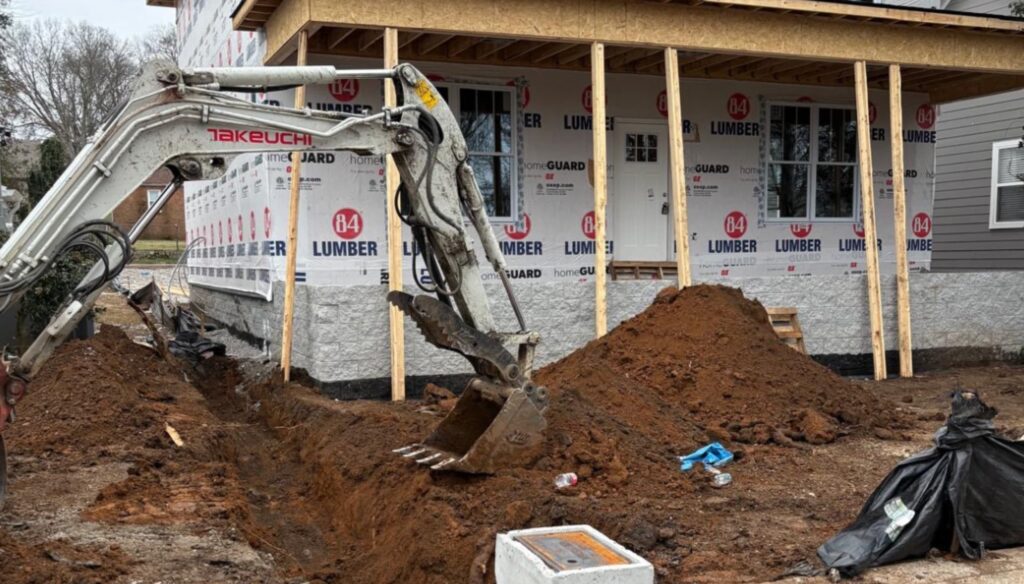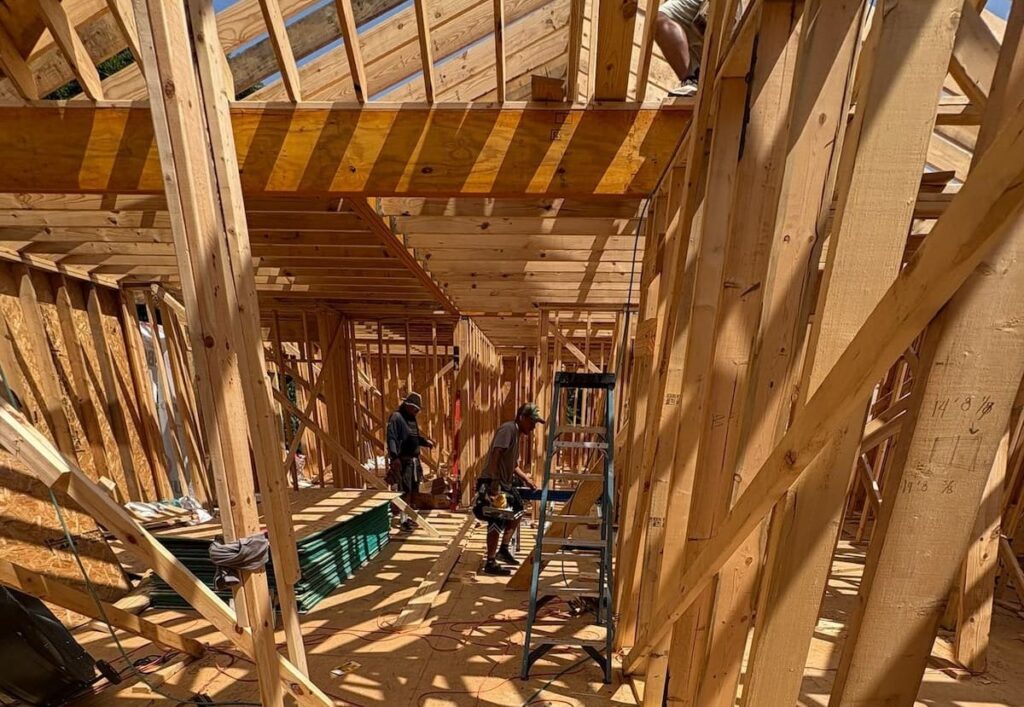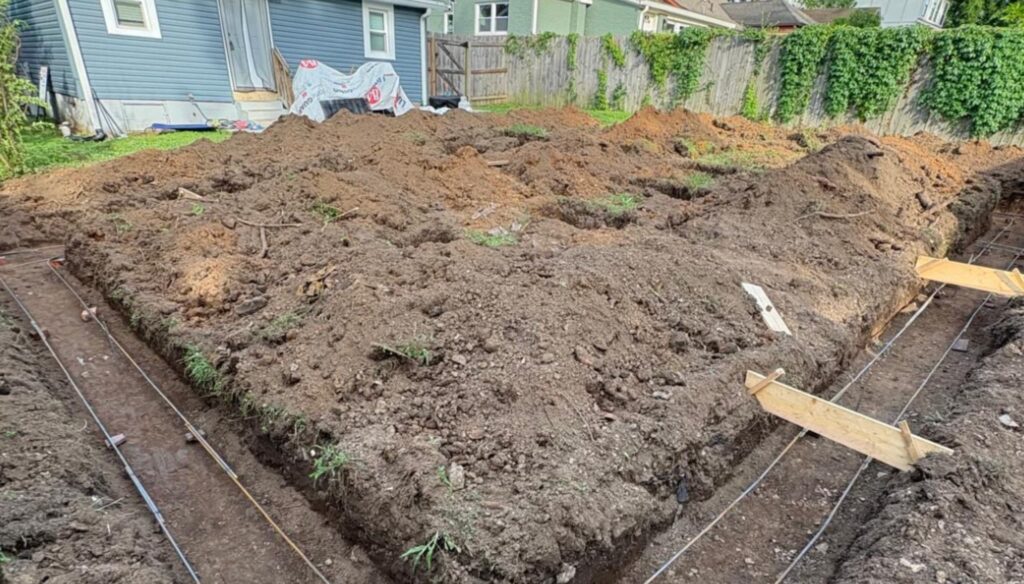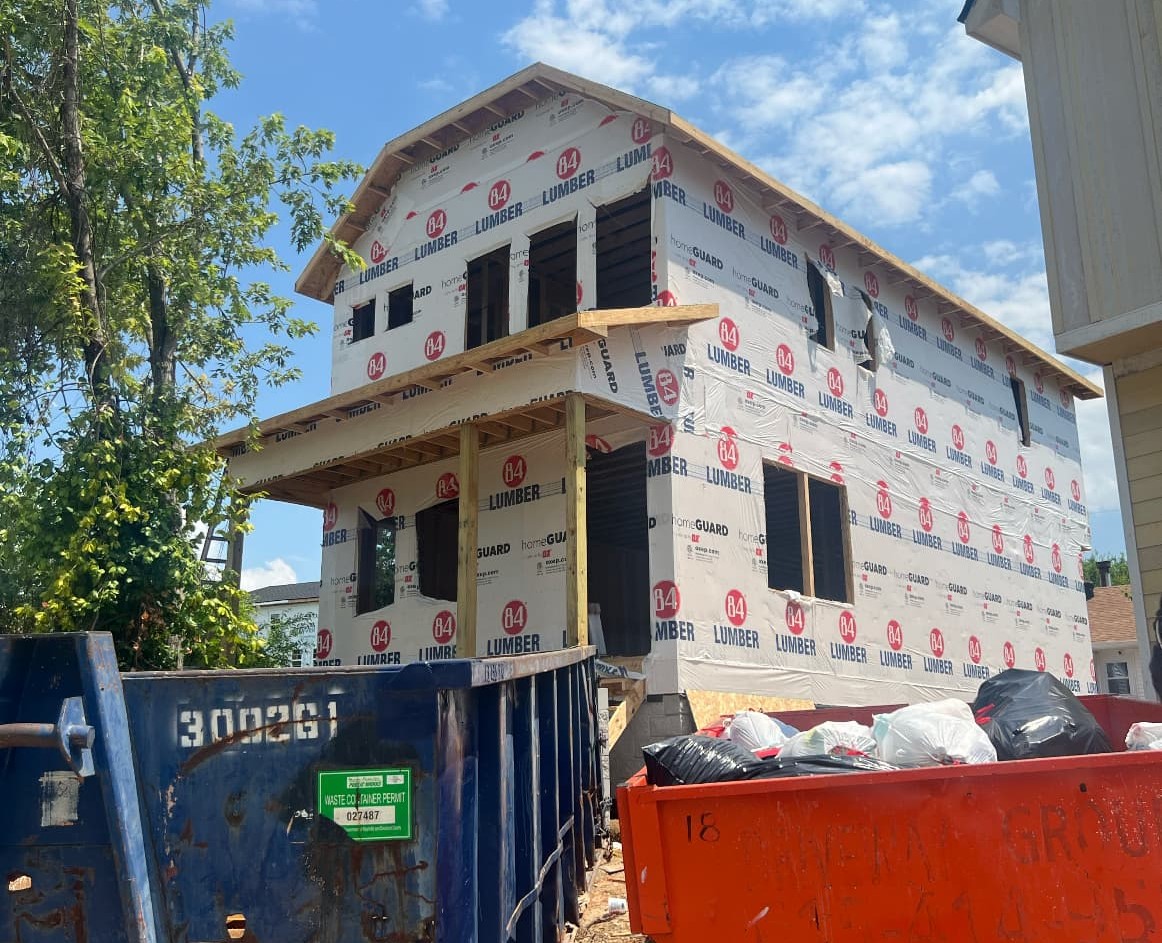For spec home builders and real estate investors, construction sites are not just empty lots or
plots of dirt—they are blank canvases full of potential. Whether you’re flipping a single-family
home, developing a multifamily complex, or building luxury custom homes, construction allows
you to create value at a fundamental level. Investors who understand the construction process
have a distinct advantage. Instead of paying retail prices for completed buildings, they’re able to
build equity by controlling costs, managing timelines, and creating tailored products for the
market. But construction comes with risk: cost overruns, delays, and regulatory hurdles.
Knowing what to expect and how to prepare for each phase can mean the difference between
success and financial strain. The goal of this article is to walk you through the phases from start
to finish and highlight dos and don’ts along the way.
1. Preconstruction: The Starting Line
The preconstruction phase is where the architectural plans come to life, zoning is confirmed,
and formal communication with the city begins.
Key Components:
Site Survey and Due Diligence
Start by assessing the physical and legal characteristics of the land. Are there slope issues?
Flood plains? Soil instability? Look at access to utilities, neighboring land uses, and local
development trends. This is also when you review easements and setbacks.
Zoning, Permits, and Entitlements
You must verify whether the property is zoned for your intended use. A property zoned RS5
(Single-family in Davidson County) won’t legally support a duplex or apartment complex. In
some areas, rezoning or variances are possible, but that can add months of delay and
uncertainty.
Architectural Design and Engineering
Work with professionals to produce a buildable design. This includes site plans, floor plans, and
elevations. Good design doesn’t just look nice—it reduces material waste, speeds up
construction, and appeals to buyers or renters.
Financing and Budgeting
This is where you lay out all expected costs: land acquisition, soft costs (permits, fees,
insurance), hard costs (construction), and holding costs (loan interest, taxes, utilities). Build in
contingency—typically 10-15 percent.
Investor Tip: Costs during preconstruction can accumulate quickly. Ensure you include these
expenses in your construction budget.
2. Site Work: Where Costs Start to Climb

Site work is often less glamorous but crucial. You’re preparing the canvas so your structure can
rise without future complications.
What Site Work Involves:
Clearing and Grading
Trees, rocks, and debris need to be removed. Land must be leveled or terraced according to the
building plan.
Utility Connections
Trenching for water, sewer, electric, gas, and telecom. Costs can skyrocket if the nearest
hookup is far away or if the city requires major infrastructure upgrades.
Foundation Prep
Soil compaction and drainage planning are critical. Bad soil might require piers or engineered
slabs—both expensive fixes.
Investor Tip: Have your contractor or soil engineer walk the site with you before buying. A flat
lot in a suburban area may seem simple, but could hide drainage issues or unsuitable fill dirt.
3. Vertical Construction: When the Vision Becomes Reality
Now your project begins to rise. This is when investors often feel the most excitement—your
investment becomes tangible.
Construction Milestones:
Framing and Structural Work
Lumber is delivered, framing begins, and the structure starts to take shape. This includes floors,
walls, trusses, and the roof.
Mechanical Rough-Ins
Once the frame is up, contractors install HVAC, plumbing, and electrical systems. These must
pass inspections before insulation and drywall can proceed.
Weatherproofing and Exterior
Windows, doors, roofing, siding, and weather barriers protect the structure and allow interior
work to proceed regardless of weather.
Investor Tip: Begin marketing efforts during this stage. For multifamily, start pre-leasing. For
flips, start pre-selling. Early commitments help with financing and reduce holding costs later.
4. Interior Work: Details That Drive Value

This is where the investment shifts from structure to style. The decisions you make here
influence buyer perception, time-on-market, and rental income.
Interior Finish Process:
Drywall, Paint, and Trim
The house takes on a finished look. Interior walls go up, are textured, and painted. Interior doors
and baseboards are installed.
Cabinetry and Fixtures
Kitchens and bathrooms come together. Choose fixtures and finishes that balance cost with
buyer expectations. Quartz countertops might be overkill in an entry-level home, but are
necessary in a luxury build.
Flooring and Appliances
These can be installed late in the process to avoid damage. Again, match quality to your target
market.
Investor Tip: Consistency is key. Don’t over-improve one room and under-deliver elsewhere.
Buyers notice mismatched finishes, and it impacts perceived value.
5. Final Inspections, Landscaping, and Occupancy
You’re in the home stretch. However, this is no time to coast. A failed inspection or poorly
executed finish can delay closing or hurt your appraisal.
Final Steps:
City Inspections
Final mechanical, electrical, plumbing, and structural inspections must all be passed. Then, the
Certificate of Occupancy (CO) is issued.
Landscaping and Exterior Cleanup
The exterior matters more than you think. Simple grass, mulch, and a few shrubs go a long way.
Curb appeal affects perceived value and sets the tone for the walkthrough.
Punch List and Final Touches
Walk the property with your contractor. Fix squeaky doors, missing trim, paint touch-ups, etc.
The goal is to hand off a finished, polished product.
Investor Tip: Schedule a pre-inspection or private home inspection before the city does its final
review. You can catch issues early and avoid delays.
6. Construction Risk: Managed Well, It’s Profit
Every construction project carries risk, but that risk can be managed. Investors who stay
informed and engaged are far more likely to come in on time and on budget.
Managing Construction Risk:
Build the Right Team
Surround yourself with pros who’ve done it before. Vet your contractor thoroughly. Talk to past
clients. Review their financial stability.
Don’t Skip the Legal
Use written contracts with clear scopes of work, payment schedules, and penalty clauses for
delays or defects.
Stay Involved
Regular site visits help catch problems early. Don’t rely entirely on the contractor. Walk to the job
at least once a week.
Track Costs and Schedule Weekly
Use construction management software or a shared spreadsheet. Know what’s happening week
by week.
Get the Right Insurance
Builder’s risk, general liability, and workers’ comp are musts. One accident or storm can put your
project (and finances) at risk.
Investor Tip: Never confuse progress with productivity. A busy job site isn’t always a productive
one. Track what’s getting done—not just what’s happening.
7. Looking Ahead: From Dirt to Dollars

Construction is more than a means to an end—it’s a wealth-building strategy. Whether you’re
developing to hold or to sell, understanding the build process gives you control and leverage
that other investors don’t have. It allows you to tailor product to demand, engineer margins at
the design phase, and avoid paying premiums for completed projects. It’s also a hedge against
low inventory in hot markets—if you can’t buy what you want, build it. The next time you drive by
a dirt lot, don’t just see dirt. See potential. That empty land could be your next high-yield asset.
Final Thought: Success in real estate construction isn’t just about bricks and sticks. It’s about
vision, execution, and informed decision-making—every step of the way.
FAQs
What’s one safety habit that’s second nature to you now, but wasn’t when you started?
The safety habit that has become second nature is ensuring the site is clean at all times and holding the team accountable to that standard. Not only does this set the precedent for how things are done and emphasize a high standard, but it also creates a workplace that reduces the number of mistakes made on the site.
Industry data shows that slips, trips, and falls account for 35% of all workplace injuries, with clutter contributing to around 40% of those falls. That’s nearly half of these preventable incidents tied to basic site upkeep.
How does the weather impact daily operations on site?
Weather plays a significant role in daily operations, with some of the major factors including rain, snow, and extreme temperatures. For example, we cannot dig footers if there is rain in the forecast. After the footer is dug and the rebar is set, we need to complete an inspection. If it rains during our project at that time, the walls of the dug footers can collapse, and we will need to start over. Therefore, we have to wait for a window of clear weather. Additionally, extreme temperatures can affect how quickly paint dries, drywall mud dries, and other materials, causing further delays.
What’s the difference between a well-managed and a chaotic construction site?
The difference between a well-managed site and a chaotic one is the same difference between success and failure in the construction business. If you do not run a tight ship, then top talent subcontractors will not want to work for you. The entire industry relies on a team, and if you, as a leader, cannot run a well-managed site, then you will not be able to meet deadlines on time or within budget.
What surprised you most the first time you stepped onto a construction site?
I was most surprised by the level of skill that the individual trades have. The best workers are not “a jack of all trades”. They specialize in a particular section of construction and create efficiencies in their work that enable them to work faster and with better quality than their competition.
How has technology changed the way construction sites operate in the last 10 years?
Technology has undergone significant changes over the last ten years. From the types of materials used on job sites to the capabilities of heavy machinery, things are constantly evolving and improving. Ultra-high-performance concrete is an excellent example of one of these material innovations. Technology-specific improvements have been made in project tracking software and communication tools.
What’s a day on a construction site like, from start to finish?
First things first, we need to ensure that the people who asserted they would be working show up and do their job. Once that is complete, we ensure everyone is on the same page for the day’s task and that they have the necessary materials and tools to work efficiently. After that box is checked, they are good to work up until their lunch, which lasts roughly an hour. The afternoon shift commences after that, and it lasts until around five pm, depending on the day and workload.
Why do construction projects fall behind schedule so often?
Common culprits of falling behind schedule include material delivery delays, subcontractor disputes, and weather delays. At the top of that list would be material delivery issues.
How do different trades interact — and clash — on site?
They typically prefer to work independently or in small teams. They are all masters of their craft and have a cadence and process in which they work. When they are paired with others who do not work with them regularly, this causes inefficiencies in their work and ultimately leads to a more extended workday than they are accustomed to, and nobody likes that.
What’s one decision you made on a site that changed how you lead today?
The decision I made that changed how I lead today is not trying to go too fast. There is a sweet spot on construction sites where you can go the fastest without making mistakes that ultimately cost time. You may get away with rushing on a couple of projects, but this used as a standard way of operating will cause mistakes to happen and delays to occur. Trying to get your plumber and electrician to work on the same day is a good example of this. It is better to take the time to let them go one day at a time.
What advice would you give someone starting their first job on a site?
I recommend enlisting mentorship from someone who has been running jobsites for years. It’s not rocket science, but there’s no substitute for experience. Instead of learning all the small intricacies of running an efficient project yourself, it is best to learn from other people’s mistakes.


